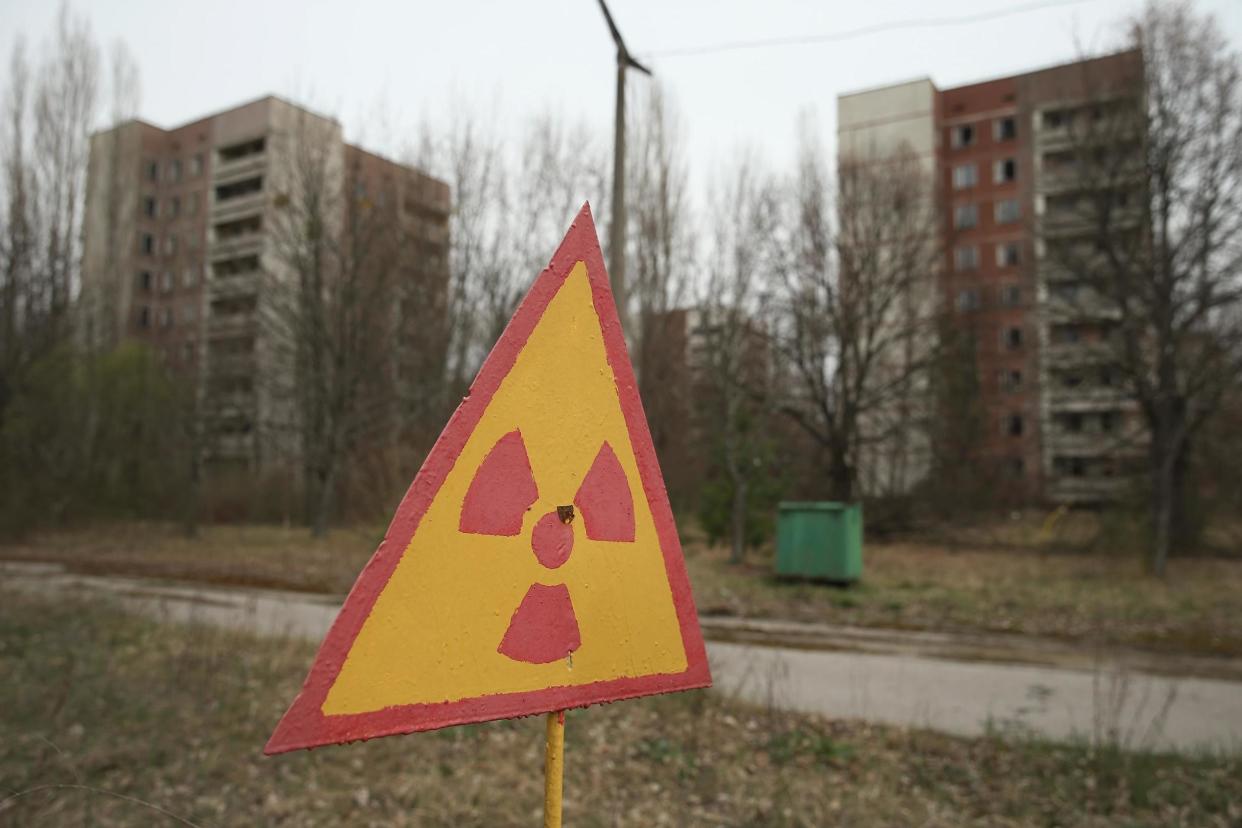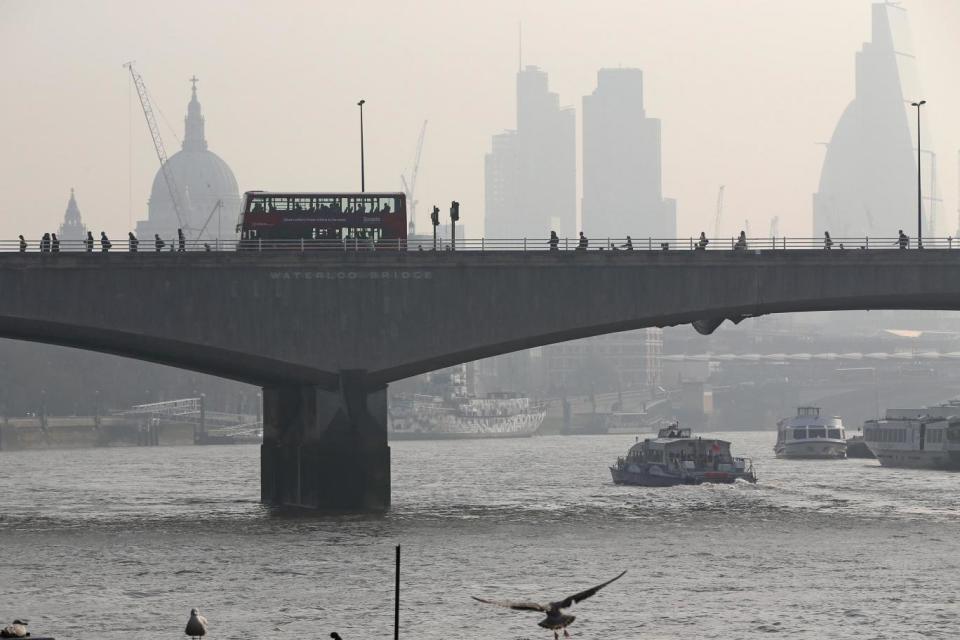Living in London 'poses same risk to health as living in nuclear fallout zone'

Living in the fallout zone from a nuclear disaster would be no worse for our health than living in London, a shocking study from British safety researchers has found.
People who live in a contaminated area in the aftermath of a nuclear disaster would likely lose a few months of life expectancy and have a greater chance of developing cancer, according to the university study.
But the damage done to health would be no worse than living in a polluted city such as London, the academics found.
Nuclear accidents, such as Chernobyl in 1986 and Fukushima in 2011, release radioactive materials into the environment which are dangerous to most forms of life.

Philip Thomas, professor of risk management at the University of Bristol, told The Times that the risks from living at a nuclear disaster site are smaller than many people think and are on par with the risks of living in a major urban area like London.
He said Japanese authorities had overreacted when they displaced 450,000 people from their homes following the Fukushima accident.
Mr Thomas said: “Very few people are properly aware of just how relatively small the risks of nuclear power are, even after a big nuclear accident has happened, never mind how rare that event might be."
Meanwhile air pollution in London has reached critical levels over the past year. The capital breached its legal limits for toxic air set by the European Union for the whole of the year just five days into 2017.
Research last month also found that every single Londoner is exposed to dangerously high levels of the most toxic air pollution on a daily basis.

Pollutant PM2.5 is understood to have the greatest impact on human health with links to respiratory and cardiovascular diseases. Children exposed to the particle are likely to grow up with reduced lung function and asthma.
To carry out its research, the university created a simulation of a nuclear meltdown at a fictional reactor in West Sussex. Researchers used Public Health England’s emergency plans for a nuclear disaster to predict the necessary precautions that would need to be taken
From their model they found that if a real disaster should occur, the government would have to evacuate 44,000 temporarily from the area.
Approximately 360,000 people would be given anti-radiation tablets and 410,000 would be advised to stay indoors.
In the aftermath of the fictional meltdown, it was anticipated that there would be 1,500 extra cases of cancer, of which a third would be fatal.
The scientists concluded that ultimately it would only be beneficial for 620 people to leave the affected area, because the mental strain of moving somewhere new and job hunting would outweigh the disaster's physical effects.
They forecast that within three months of a nuclear meltdown, radiation levels would drop below ten millisieverts a year. This is already less than people in the UK are exposed to from natural seepage of the gas radon.
The study was published in a special edition of Process Safety and Environmental Protection, a journal of the Institution of Chemical Engineers.

 Yahoo News
Yahoo News 
